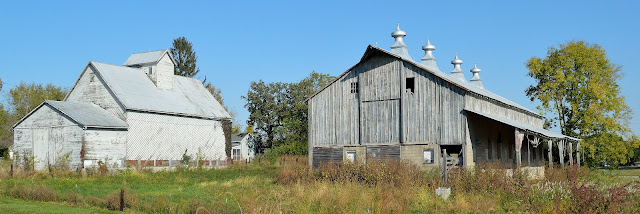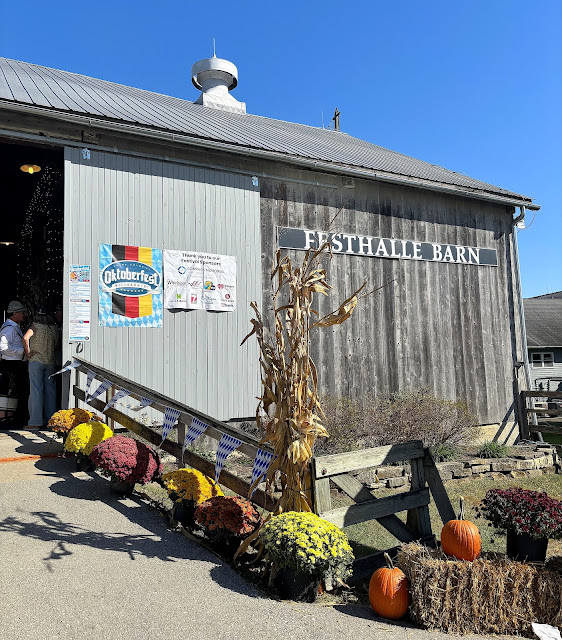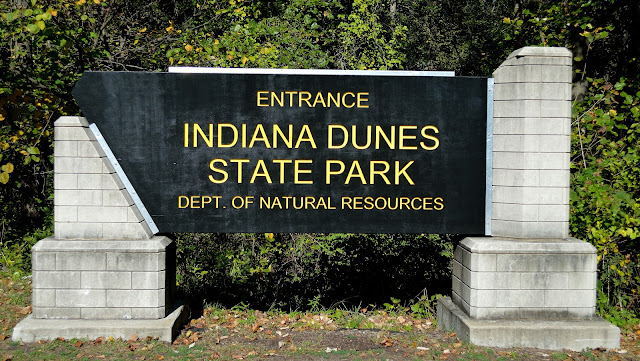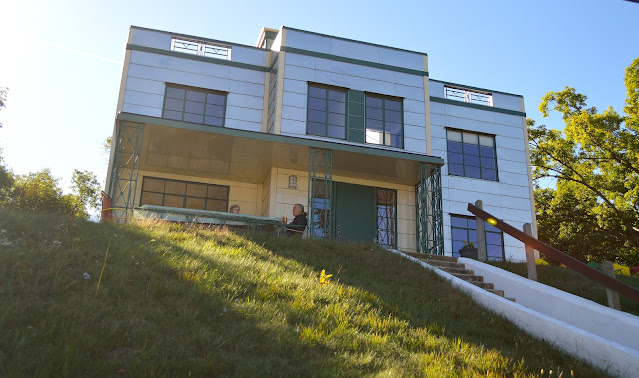The history of the Amana Colonies which was the longest living communal society in America, began in 1714 Germany. This National Historic Landmark continues today in Iowa. In 1714 JF Rock and EL Gruber founded a religious group called the Community of True Inspiration. Their belief is God speaks through prophets with emphases on bible study, reflection, and humility. The Inspirationist beliefs attracted many followers. In Germany they declined military duty and refused to send children to church-run schools. This caused severe conflict between church and government. Consequently, they were subject to fines, imprisonment, and public beatings.
With the threat of persecution and economic depression the community was forced to search for a new home. In September 1842 a committee led by Christian Metz travelled to America to search for land. They purchased 5,000 acres near Buffalo in western New York naming their community the Ebenezer Society. By1846, a constitution was adopted thereby establishing the community as a permanent communal society.
Due to a growing need for more land to feed the increasing community, they looked to Iowa where farmland was cheaper and more fertile. In 1855 the leaders purchased 26,000 acres, and chose the name Amana meaning "remain true". Six villages (Amana, East Amana, West Amana, South Amana, High Amana, and Middle Amana)were established within very close proximity of each other. Homestead village was added in 1861 thereby giving the colony access to the railroad.
All residents in the villages received a home, medical care, meals, household necessities, and schooling for children. The production of wool and farming supported the communities. All resources were shared, no wages were received. Men and women were assigned jobs by the village council. Communal kitchens which were operated by women provided 3 meals daily plus mid morning and mid afternoon snacks. Inspirationists attended church in quiet worship 11 times per week. Churches were located in the center of each village. Kids attended school year round 6 days per week until they were 14 years of age. Girls were then assigned to communal kitchens or gardens, boys to the fields or craft houses.
Faced with mounting debts and youth rebellion in 1932, Amana Colonies stepped away from communal living to seek a different way of life. The Amana Society Inc a for profit sharing corporation was established to manage the farmland, mills, and large businesses. The Amana Church Society continues as the religious foundation of the Amanas today.
Enticed by this amazing history we ventured out on a driving tour to see these villages. Yesterday we walked Amana and saw numerous old building with historic significance. The Amana Heritage Museum was our first stop. It provided an amazing film that documented history and life in the early Amana villages.
Middle Amana
Between 1885 and 1889 the colonists built a 7 mile long canal(race) to divert water from the Iowa River to water wheels. This race provided water power for two textile mills and a flour mill. Lily Lake was formed when there was a break at Mill Race Levy in 1880 causing flooding of over 170 acres. The lake served as a source of ice and recreational activities for the colonists. The lake gets its name from the yellow American Lotus Lilies that bloom July to end August. Today the lake is only 3 feet at it's deepest.
 |
| Lily Lake |
Each village had it's own church but this one in Middle Amana was home for the Amana Church Society. Men and women are separated during the church service entering through different entrances. The church buildings had no steeples, no ornamentation, were very similar to other buildings in the village with the exception of size, and had plain scrubbed pine benches.
 |
| Today church services are held in English and German |
Each of the seven villages had their own General Store. The store provided extras for members of the community and some essentials for neighbouring farmers.
 |
| High Amana General Store |
The farms in the Amana colonies produced oats, wheat, and rye for local consumption and sale on the market. This granary is the only one with brick exterior walls reflecting a large brickyard in the village. Today, the granary is a private residence.
West Amana was laid out in 1856 as the second Amana village. Each village had a blacksmith and wagon shop. This blacksmith shop continued to operate until 1960's.
The Homestead hotel was originally built in 1862 to serve the needs of travelers on the Rock Island Railroad. Following a fire in 1890 it was rebuilt and was one of four hotels located in the Amanas. It remained a hotel until it was purchased from the Amana Society.




















































